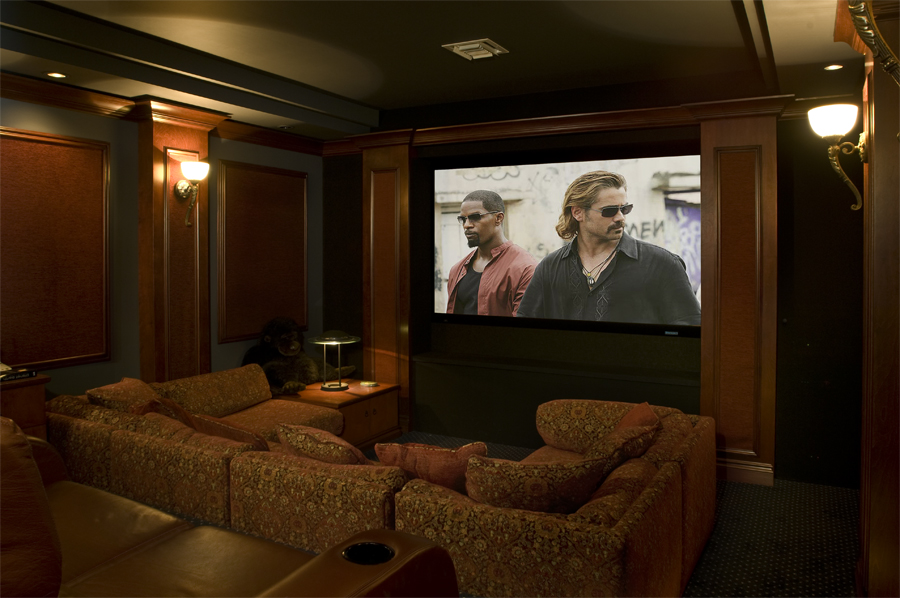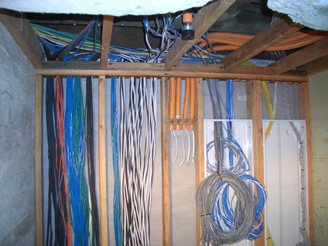What are the Priorities when Completing a Home Theater Build? (Part 3)
What are the Priorities when Completing a Home Theater Build? (Part 3)
Midwest Audio Video Expert Offers Professional Advice
In our last two posts, we discussed the importance of determining your (1) Space, (2) Display, (3) Sound Reproduction, (4) Speakers and (5) Subwoofers before making any commitment to building a home theater. As we complete this trilogy of informational blogs, we want to close out by getting physical (as in hardware...as in components, surge protection, wires, remotes and furnishings). Just remember, if you have any questions about these or any additional home automation subjects, Lucid Integrated Systems is only a phone call away...

6. The Components
DVD or Blu-ray? Do you still have a VCR and a collection of VHS? Maybe you want a DVD Recorder too? And how do you receive your television programming? Cable, satellite or antenna? If you have high-speed internet access, you might not require a Blu-ray or DVD player as you can stream both music and movies. New Blu-ray players and televisions can actually connect to the internet directly, but you can also purchase an external box (Network Media Players or Media Steamers) as an affordable option. It's all predicated on what you need from your theater and how much you want to invest in it.
7. The Protection
Surge protectors may replace your pet as your new best friend. Power outages and brownouts happen with no notice so, while surge protectors aren't foolproof, it's always a good idea to defend your system as much as possible. Another option is a Line Conditioner, a more comprehensive way of protecting against power surges, as well as monitoring and even regulating the power reaching your components.
8. The Cables/Wire
There are a lot of variables at play when addressing your connections. Speaker cable alone depends on the distance from the amplifier or receiver (different gauges for different distances). You want to make sure everything is color-coded for future maintenance or additions.
9. The Remote
Each component in a home theater system comes with its own remote control, which means your fully-realized home theater includes a collection of a half dozen or more. A favorite solution is a sophisticated, but easy-to-use, universal remote. This will control most of the functions of each of your components, enabling everyone in the family to use the theater system without issue. Another option is total integration, whereby the entire system is accessible from an iPad or other tablet. We can help with that.
10. The Seating
Once more, it can be as simple or elaborate as your personal style allows. Traditional sofas, favorite armchairs, or high-end specialized overstuffed theater seating with cupholders...it depends entirely on your theme, taste and desired comfort. What IS important is determining your seating as early as possible, as the finely adjusted acoustics will depend heavily on where the viewer is seated. The seats are among the last to be installed, but they really do rival the projection and audio in terms of getting the most from your investment.

In the Final Reel
All home theaters are different. Different spaces, different budgets, different styles, etc. On average, the most successful build are the ones wherein the homeowner has an idea of the basic requirements from the very beginning of the project. Regardless of how much homework you want to do, the Lucid Integrated Systems team is available to answer any questions and offer helpful advice based on years of experience. Call or stop by!


